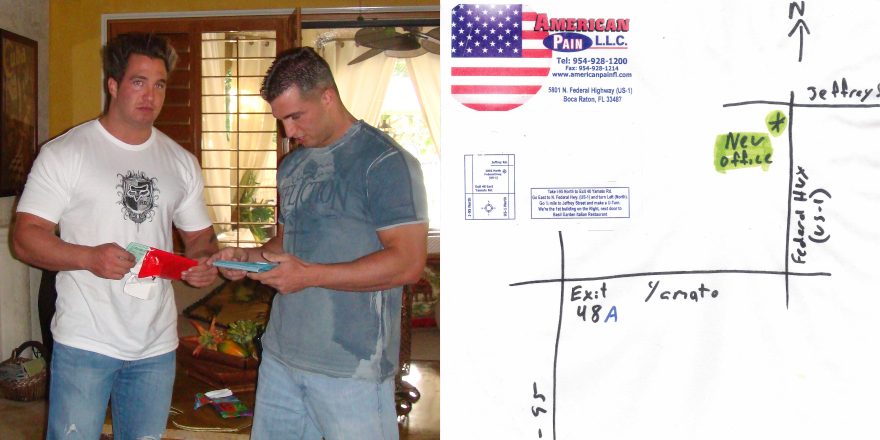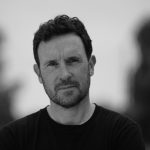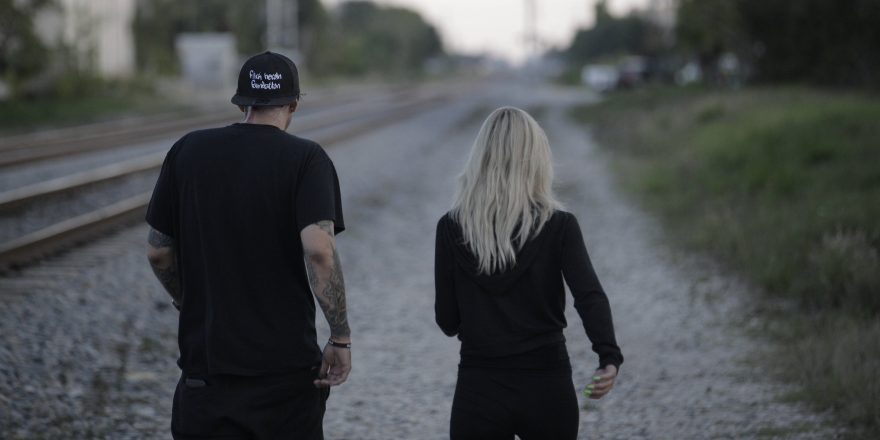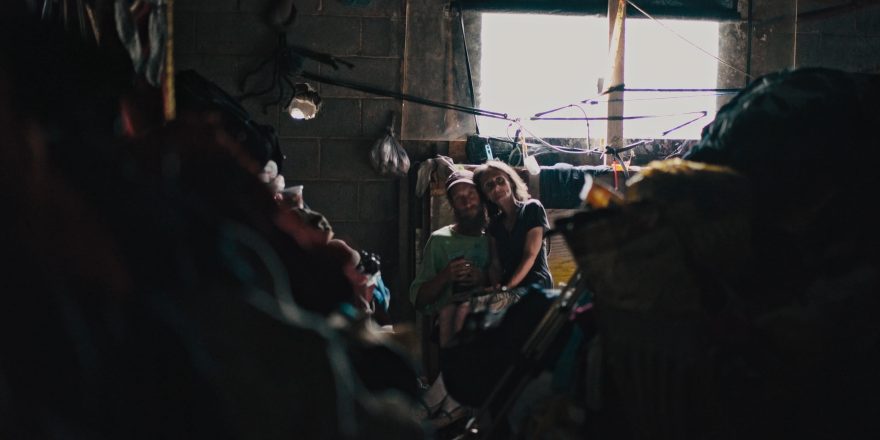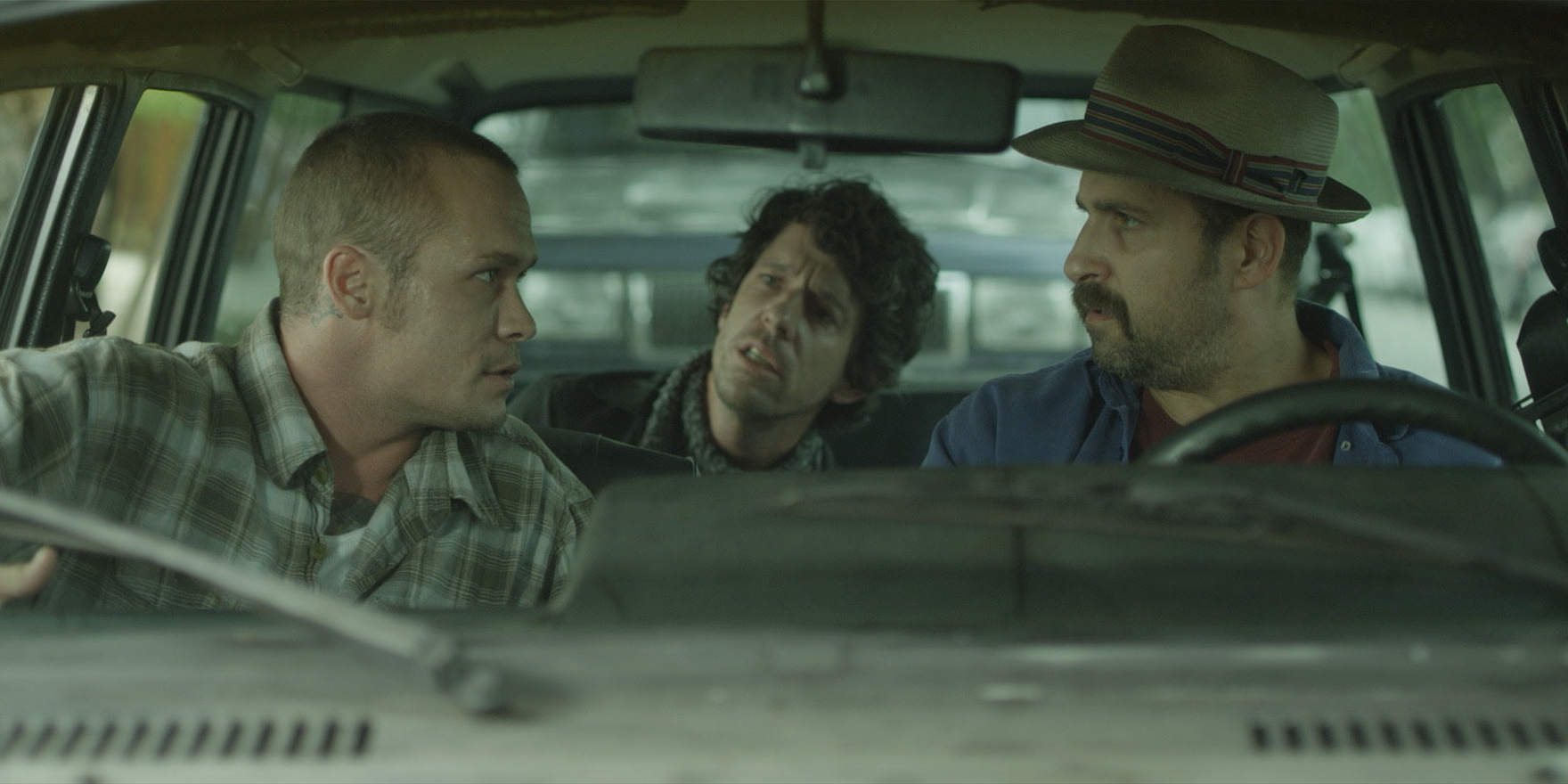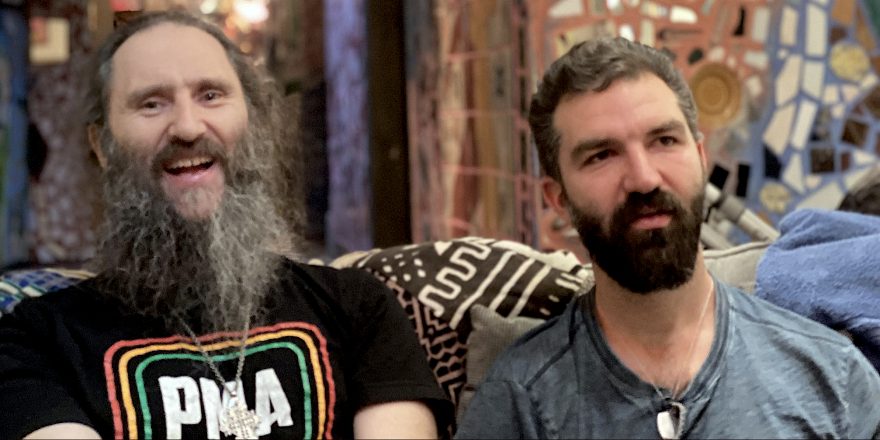The sagging storefront looked like a scoop of orange sherbet melting on hot black asphalt. Ragged weeds sprouted from cracks in the small parking lot in front. Even the palm tree next to the entry looked weary and derelict, its dry brown fronds shirking their most basic duty of providing shade.
It was technically a doctor’s office, but the place was dump, or as one former employee would later say, “It kind of reminded me of a trap house.”
But I knew I had the right address. Just a few days earlier, I had copied it off a prescription bottle seized by the sheriff of a small county in Kentucky. And I matched it with a business card a drug-addicted young man had shown me. These two people, on opposite ends of an exploding pill epidemic, confirmed to me that this rundown building in a part of Fort Lauderdale was the spot to score oxycodone.
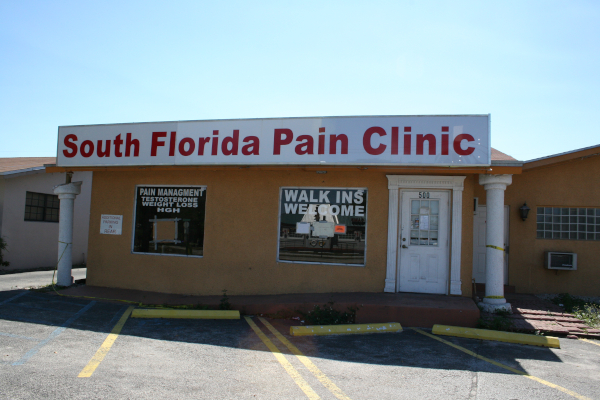
Oxycodone, best known by the brand name OxyContin, is a powerful prescription painkiller designed for patients with acute or chronic pain. But as many know from shows like Hulu’s Dopesick, it quickly became ripe for abuse. In recent years, Purdue Pharma and the Sackler family have become household names for their role in the opioid crisis, but there’s an important lesser known chapter in the history of the worst drug crisis in American history.
It’s the chapter I stumbled upon on that hot morning in South Florida in June 2009 and eventually became the subject of my latest film, American Pain.
I didn’t know it back then, but I was standing at the inflection point of a simmering opioid epidemic that was about to get a whole lot worse. The early evidence was in the pills themselves. OxyContin, which launched the crisis, was by then getting harder to come by. New generic versions of the drug were quickly supplanting it. It seemed as if someone, somewhere, had opened the taps and almost overnight, the streets were flooded with generic oxy, which cost a fraction of the name brand. Across the country, from South Florida to Appalachia to New England, communities were battling a sudden surge in pills that were easy to crush and snort, or dissolve and inject. Overdose rates skyrocketed. As a filmmaker and investigative journalist, I decided to investigate the source of this booming black market for pills.
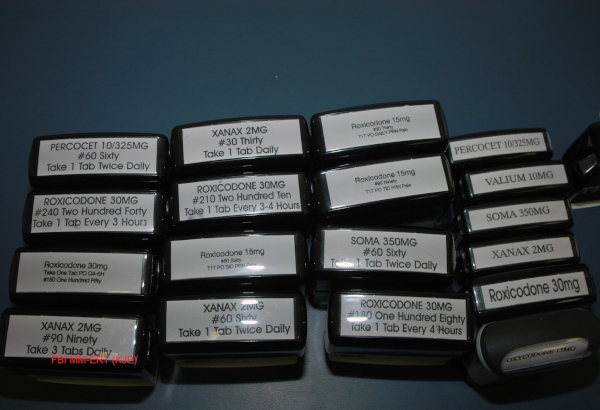
The search had been narrowed to Florida thanks to some startling data compiled by local law enforcement officials. In the last six months of 2008, a task force inside the Broward County Sheriff’s Office found doctors in the state prescribed nearly percent of all oxycodone in America. And of the top 100 prescribers in the country, 90 of them lived in the Sunshine State, the majority concentrated in Broward County and nearly all of them working for a growing number of cash-only pain management clinics. Over the course of just a couple of years, this thriving new industry turned Florida into the “Colombia of prescription drugs,” as it was dubbed at the time.
But of all these so-called “pill mills,” one had earned an unequaled reputation among users and law enforcement. The name had been turning up on the labels of prescription bottles found at the scenes of overdoses, car wrecks and drug busts all along the Eastern Seaboard and beyond.
So when I arrived at this dilapidated storefront in a rundown corner of Fort Lauderdale, I was surprised to find things so quiet. It was far from the hive of activity it was rumored to be. In fact, it looked abandoned.
The parking lot was empty, except for a lone pickup truck that looked as beat up as the building. For a minute, I thought it might be abandoned, too, but then I noticed someone peek out from a red towel that had been hung like a drape over the driver-side window.
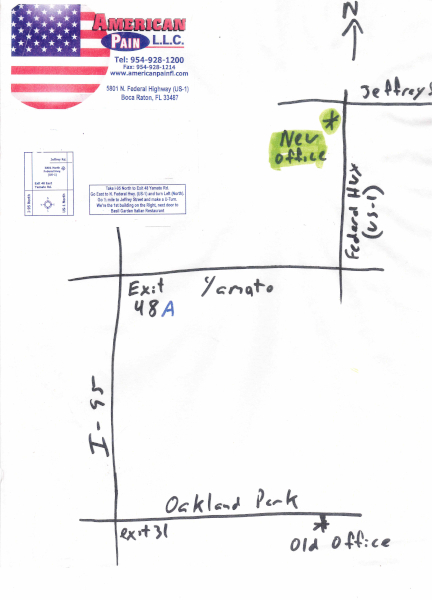
I approached and found a young man sitting in the sweltering heat, reading Stephen King’s The Dark Tower.
“They moved,” he said, bookmarking the paperback with his finger and reaching for a stack of paper sitting beside him. He peeled a page off the pile and handed it to me. It was a color photocopy of a crude, hand-drawn map with directions to the new location, which was marked with a big asterisk and highlighted green. The letterhead was red, white and blue. And there was Old Glory framing the name I had heard so much about: “American Pain.”
I peppered the young man with questions, but he said he didn’t know anything. He simply answered a Craigslist ad and was being paid a couple hundred bucks just to sit out front every day and hand out maps to customers who were still showing up to the old address. Given the number of visitors, Anthony surmised, the move appeared to have been quick and sudden.
Following the map, I drove a few exits up I-95 to Boca Raton. Turning onto US-1, I drove past row after row of cookie-cutter strip malls, single-story blocks of shops housed under the same Spanish shingles. One blended into the next, with little to set them apart except for a business sign on top. The tenants at 5801 did nothing to distinguish themselves, however. Occupying two storefronts, there was no sign. The ceiling-to-floor windows were blacked out. Still, it appeared to be doing brisk business. The parking lot out front was full, cars and people were swarming. I began to read off the license plates – Kentucky, West Virginia, Ohio and Tennessee.
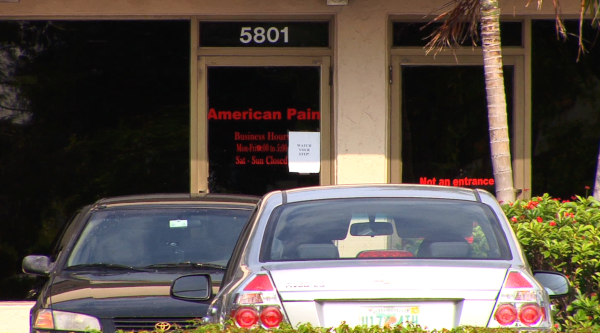
Avoiding the congestion, I pulled into the parking lot of the 24HR Food Mart across the street. From there, I could see a couple of large security guards flanking the doorway of the pain clinic. Based on its reputation, I imagined a film crew wouldn’t get a warm reception, but I decided to get out of the car and set up my camera anyway.
After adjusting the iris and focus, I hit record. I zoomed in just long enough to read in discreet red lettering on the door: “American Pain.” It was the one and only shot I got off before a large black Range Rover came screeching in behind me. I was startled, and knew instinctively it was coming for me.
Word travels fast around here, I thought.
Inside the car was one very pissed-off young man. His muscles bulged under his tight T-shirt. He was tan, and his hair was gelled and spiky.
I made a couple attempts to speak, but the driver was having none of it. He screamed and threatened my production crew, exuding the kind of attitude that makes this stretch of Florida known as the sixth borough of New York. Before long, a couple of other shiny, expensive cars with equally big men pulled up behind him. Nearly surrounded, my crew and I hopped in our rental car and fled, but the men gave chase. At first, I figured they were just looking to intimidate and scare us away. But they kept following us along the palm-lined streets of Boca Raton and then back onto I-95.
We didn’t have anywhere to go and so we drove aimlessly, not speeding or cutting corners or running red lights. It was an O.J.-like chase, a slow-motion caravan of increasing luxury, starting with our ugly maroon Dodge Charger station wagon being followed by the Range Rover, a white BMW M6 and a white S-Class Mercedes. Part of me was amused by the whole spectacle.
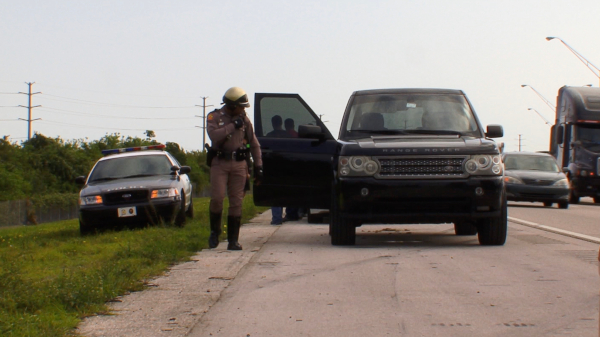
But I was also a little unnerved. Who would follow anyone for this long? They pursued us for miles. So long, in fact, that we eventually ran out of gas. In the middle of I-95, near the Fort Lauderdale Airport, about 30 miles from where we began, our Charger charged no more. With the little momentum we had left, we drifted over to the shoulder. Our friends pulled up behind us.
Now, it wasn’t so funny. There was nowhere to go. I had a sinking feeling I was about to get pummeled. The only thing that saved me from being totally petrified was an overriding feeling of embarrassment. Running out of gas had to be the most boneheaded way for this to end. Getting my butt kicked was one thing. To meet this fate by running out of gas was more than my pride could handle.
But then something strange happened. Nobody moved. Everyone just sat in their cars, the traffic on the interstate howling by us. After such a steady and predictable pursuit, it must have been a mindfuck for them to see us maneuver suddenly in the middle of all that traffic and pull over. They were stunned long enough for a police cruiser to arrive.
My embarrassment notwithstanding, I was relieved.
The cop had no time for our explanations. He was impatient to move us off the shoulder. While we waited for roadside assistance, he sent the other men away. One by one, they peeled off the shoulder, their finely tuned engines roaring elegantly as they accelerated past us and down I-95.

“All of this for trying to film a pain clinic?” I thought to myself. I knew we’d stumbled across something even bigger than I imagined.
As the cars sped away, I managed to scribble down the license plates. They traced back to Christopher George. The name meant nothing to me then, but nine months later, I would learn that I had just crossed paths with George and his twin brother, Jeff, the kingpins of the largest pill-dealing operation in U.S. history.
That news came in the form of a DEA press release announcing a raid on the George brothers’ pain clinics, their homes and the homes of some of their employees. Unbeknownst to them, they had been under investigation for months by an alphabet soup of federal agencies, the DEA, FBI and IRS. Their phones were tapped, undercover agents had infiltrated their clinics and tens of millions of dollars in assets were targeted for seizure. In total, over 30 people were indicted under the RICO Act, including 13 doctors, Chris’ girlfriend and Chris and Jeff’s mother.
While the George brothers spent the next few years tied up in the investigation and trials, I went on to cover the opioid epidemic as it surged and evolved, with users moving on to heroin and then fentanyl.
Over the course of this reporting, I’ve told the story of countless families who have lost loved ones to overdoses, and lost sources and friends of my own. I’ve reported on the toll it’s taken on first-responders, schools, jails and hospitals. I’ve seen whole communities devastated by opioids.
Through it all, I kept coming back to the George brothers and American Pain. Their story seemed like a watershed moment in this historic drug crisis and a lens through which we can best understand how a prescription drug became a street-level scourge.
And so I contacted them in federal prison and they agreed to talk.
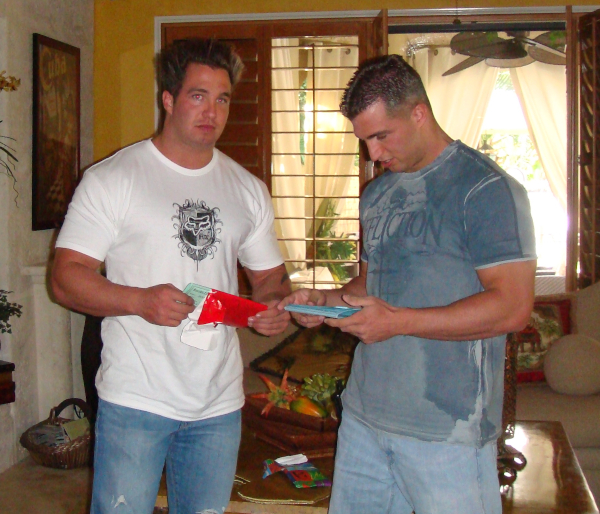
In my film American Pain, the George brothers, their co-conspirators, rivals and the law enforcement officials who brought them down, tell the incredible story of how a couple of steroid-juiced felons pioneered an elaborate pain clinic scheme that kicked a nascent opioid epidemic into overdrive.
The film also reveals how the George twins and Florida’s pill mill industry had plenty of help from a pharmaceutical industry that ignored glaring red flags. In 2009 and 2010, when the George brothers were at the peak of their operation, five of the nation’s top 20 opioid prescribers worked at just one of their clinics.
“Before this case, the public only knew that people were dying from drug overdoses, they had no idea how the ‘system’ worked,” says FBI Special Agent Kurt Mckenzie. “[The George brothers] created the blueprint.”
In addition to dozens of interviews, I employed every trick I’d learned as an investigative reporter: scrubbing public records and court filings, filing Freedom of Information Act requests and knocking on doors from Fort Lauderdale to Appalachia.
The result was hundreds of hours of wiretap recordings, undercover videos and tens of thousands of pages of documents that helped flesh out how the George twins realized their vision of turning doctors into assembly line workers, stamping prescription after prescription.
When I asked Chris George how he came up with the name of his flagship clinic, his answer was uninspired: “It just sounded like a good name to me.”
But it turned out to be strangely prescient. American Pain helped seed an overdose epidemic that has, according to the CDC, claimed hundreds of thousands of lives, including a record of more than 100,000 people in 2021.



